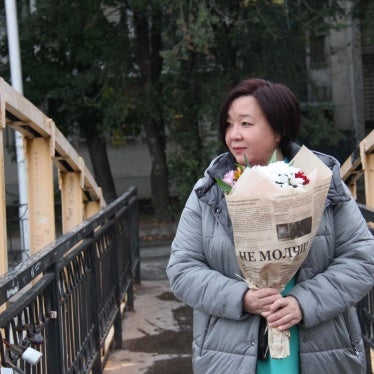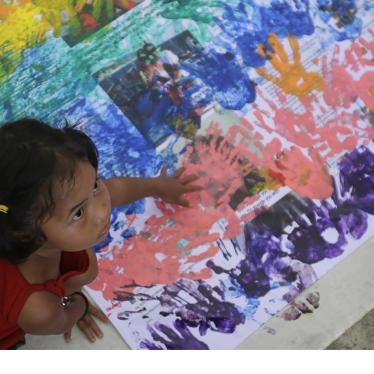What connects the Copenhagen Fashion Summit and the Amarnath Yatra, a pilgrimage in northern India? Garment factory owners navigating business pressures, workers’ rights, and an apparel industry that often pits the business pressures against labor rights.
Starting May 15, the Copenhagen Fashion Summit will bring together CEOs of global apparel companies, suppliers, designers, sustainability gurus, journalists and others to exchange ideas and innovations on making fashion environmentally-conscious and respectful of labor rights.
The fragility of those grand ideas were exposed last year, when I chatted with Shah (not his real name) on a roadside ledge across his garment factory in northern India. He said that runaway garment factory owners—escaping debt, seeking good fortune, and sometimes forgiveness—can be found on the pilgrimage circuit in India.
Shah had run into his friend Gupta on a recent religious expedition. Gupta had suddenly closed his garment factory and disappeared without paying workers and other contractors, including Shah. Gupta’s “bad fate” was apparently brought on by a US retailer. The retailer placed a massive order to manufacture garments to the tune of hundreds of thousands of dollars. The retailer cleared all products for shipment from Gupta’s factory. But when the clothes did not sell well in the US, Shah claimed the retailer unscrupulously passed on its loss, demanding a 60 percent discount from Gupta. Steeped in debt, Gupta fled.
Sadly, Gupta isn’t alone in experiencing the poor business practices of a global clothing brand. Rights groups, including Human Rights Watch, are calling out global apparel companies’ poor business practices. The purchasing practices of big-name international brands often drives the industry’s endemic labor abuses in their factories rather than firmly curbing them.
They do this by pushing down the prices they are willing to pay suppliers—without factoring in the costs of workers’ wages and benefits. Other bad brand business practices include failing to rigorously monitor their buying agents and making poor estimates of consumer demands and timetables for orders. They may not be monitoring factories’ capacities, delay sample approvals or make last minute design changes, or charge arbitrary and unfair financial penalties to suppliers.
All of these brand practices heighten the risk of unauthorized subcontracting to smaller factories with abusive labor conditions and other harmful cost-cutting measures.
Global apparel companies and retailers are starting to make some commitments, but lasting change cannot come without reforms to their purchasing practices. Earlier this year, on the sidelines of the World Economic Forum, top global brands came together with Global Fashion Agenda, a leading sustainability initiative, to launch the CEO Agenda for 2019. The agenda identified eight priorities including traceability (being able to tell which factories make the products); respectful and secure work environments; and promoting better wage systems.
The CEO agenda has potential for advancing labor rights in the apparel industry, but only if brand business models don’t counteract these labor rights goals.
Brands that say they support better wage systems and working conditions should align their business models with workers’ freedom of association and collective bargaining. These freedoms are central for factory improvements and better enforcement of labor laws. For example, in countries where labor inspectorates are corrupt and under-staffed, factory unions serve as strong watchdogs.
Brands should also tell consumers and investors how many of their factories have unionized workers, how many have collective bargaining agreements, what percentage of the brand’s business is with these factories, and what business incentives they offer factories that genuinely enable strong and stable industrial relations.
A basic step for brands is to publicly disclose a list of factories where their products are made, including names and locations. These demands will help push brands to map their supply chains. Those that use intermediaries will need to ensure their monitoring systems are up to the task.
Mapping suppliers internally and keeping it secret from workers and labor advocates is not good enough. Public disclosure ultimately helps workers report abuses through unions and NGOs if and when the brand’s own monitoring systems miss detecting and rectifying them. Many leading apparel brands already disclose their factories list. All brands should join them.
Unfortunately, a key partner of the Copenhagen Fashion Summit, the Sustainable Apparel Coalition, a huge multistakeholder initiative co-founded by Walmart is among the least transparent. It falls behind the US-based multistakeholder initiative, the Fair Labor Association, which recently took an important step forward by signaling that its members will have to disclose their factory lists publicly.
Transparency helps CEOs monitor and communicate progress on their agenda. Those meeting in Copenhagen should be concerned about business practices that force those like Gupta to run away and escape paying workers their dues. Reforming business practices and transparently reporting progress will go a long way in demonstrating to everyone that ethics means business too.









